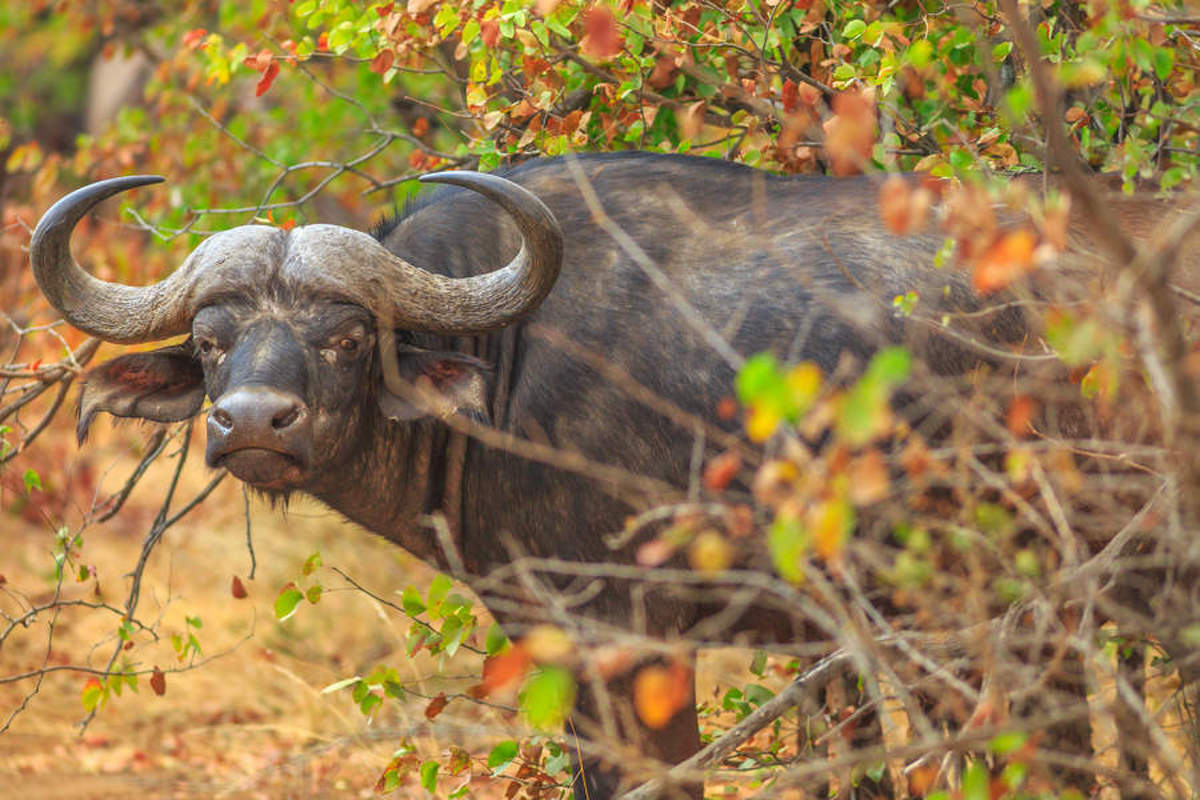Lords see sense on trophy hunting
Science and sense were the clear victors at the second reading of the Hunting Trophies (Import Prohibition) Bill, which took place in the House of Lords on June 16.

Strong opinions were voiced on both sides of the argument, but a clear majority raised concerns that, in its current state, the Bill would do more to harm conservation than to help it.
The overriding sentiment of the opposition was that this is a well-intentioned but fundamentally flawed Bill, that in its current state “would represent a triumph of emotion over reason”.
The court of public opinion
According to a pre-print analysis involving professors and research fellows from Oxford University, in the year 2000-2021 “an estimated 3494 hunting trophies from 73 CITES-listed species and subspecies were exported to the UK”. This equates to roughly 158 trophy imports a year, of which “legal hunting for trophies is not a major threat” to any of the species’ existence. The analysis did find that hunting “possibly presents a local threat” to nine of those species, but conversely, it also has the potential to benefit 20 of them.
It would seem, therefore, that Henry Smith MP’s assertion that “a British ban on imports of hunting trophies would help to save thousands of animals that are threatened with extinction” was extremely misleading.
In fact, in the government’s own impact assessment, it notes that “evidence suggests that trophy hunting can provide a value for animals which incentivises their protection” and that “a ban in the legal movement of animal trophies could have unintended consequences, including increasing the illegal trade in wildlife parts”.
The assessment goes on the suggest that disincentivising trophy hunting could have positive knock-on effects on species numbers, biodiversity, and ecosystem services, but that “considerable information and assumptions would be required to quantify and monetise such impacts”. In short, quantifying the potential benefits of disincentivising trophy hunting would be based on assumptions, rather than hard evidence. Under the assessment’s rationale for intervention, it was noted that “the consultation and call for evidence showed that this is an issue that the British public feels particularly strongly about.”
The second reading in the House of Lords seemed to echo this gulf between evidence-led opposition and emotion-led support for the Bill. Baroness Jones demonstrated this perfectly in her address, when she stated that trophy hunting “has no place in a modern, compassionate society, and those who continue to partake in this activity … are held in contempt by the vast majority of British people”.
Similarly, Lord Selkirk of Douglas who supports the Bill, favoured emotive language in his description of trophies as “body parts” that form “degrading and inhumane displays on the walls and floors of various buildings in this country”.
In stark contrast, Lord Mancroft, who opposed the Bill in its current form, stuck to the facts when he stated that “only 53 of the species [affected by the Bill] have been imported in the last 20 years, amounting to about 100 trophies per annum. Just to put that in perspective, it is estimated that 96 elephants are poached every day”.
As is often the case with legislation concerning biodiversity or conservation, the Bill oversimplifies what is clearly a complex issue and allows public opinion to influence what should be an evidence-based decision.








